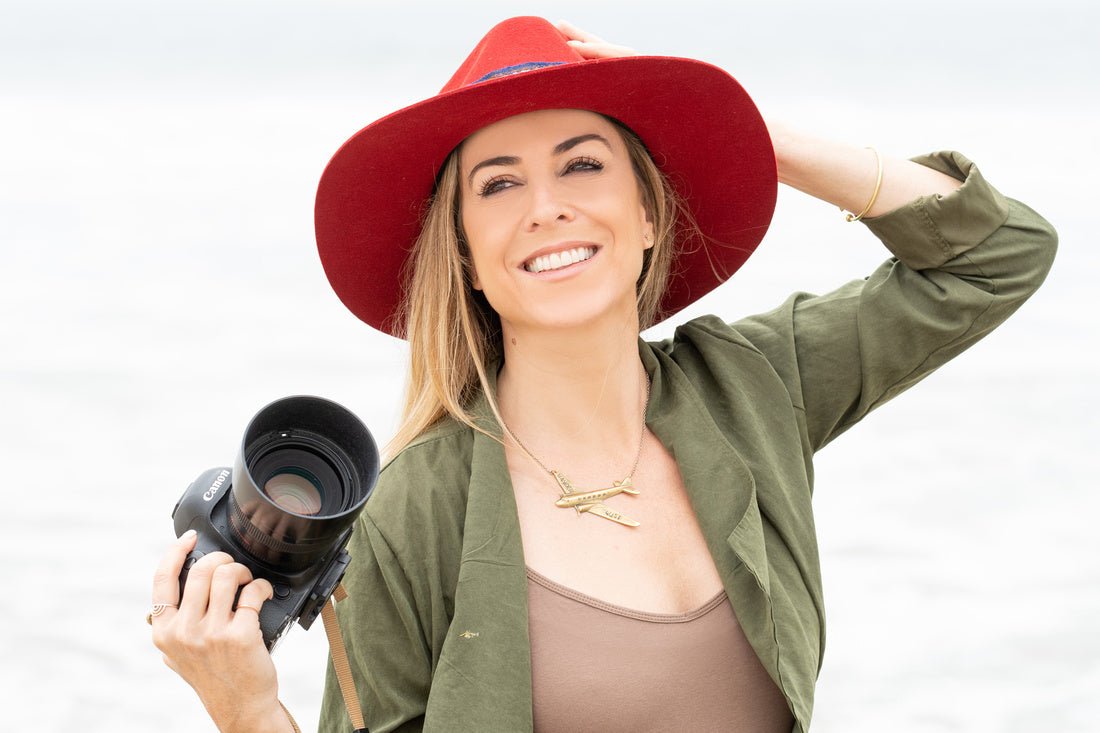When people mention the Inca Trail, Machu Picchu often comes to mind, accompanied by the crowds of tourists that flock to this ancient wonder. With over 4000 daily visitors, the site has undergone significant changes in recent years, including restricted access and the requirement to hire a guide at all times. While Machu Picchu remains a must-visit, I recently learned about another hidden gem in the Apurimac Valley: Choquequirao.
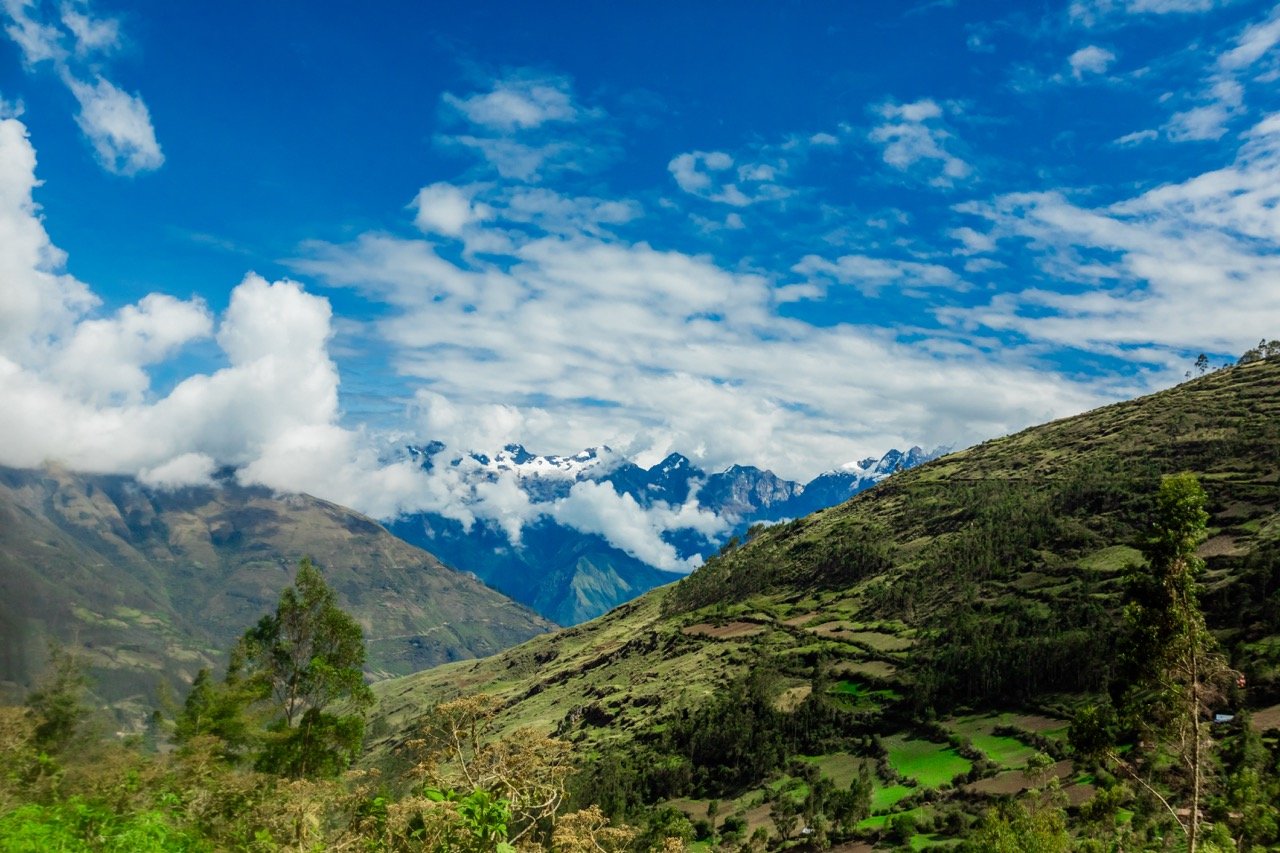

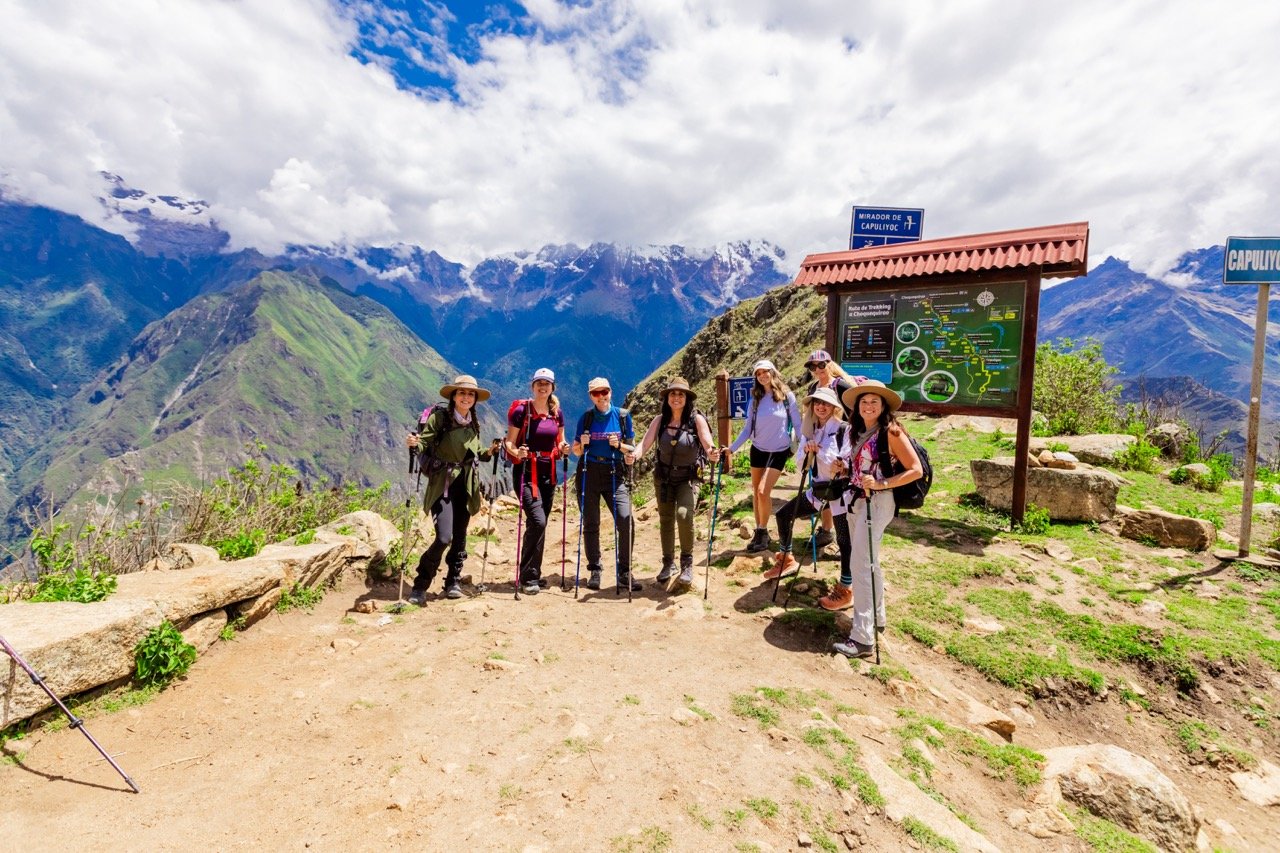
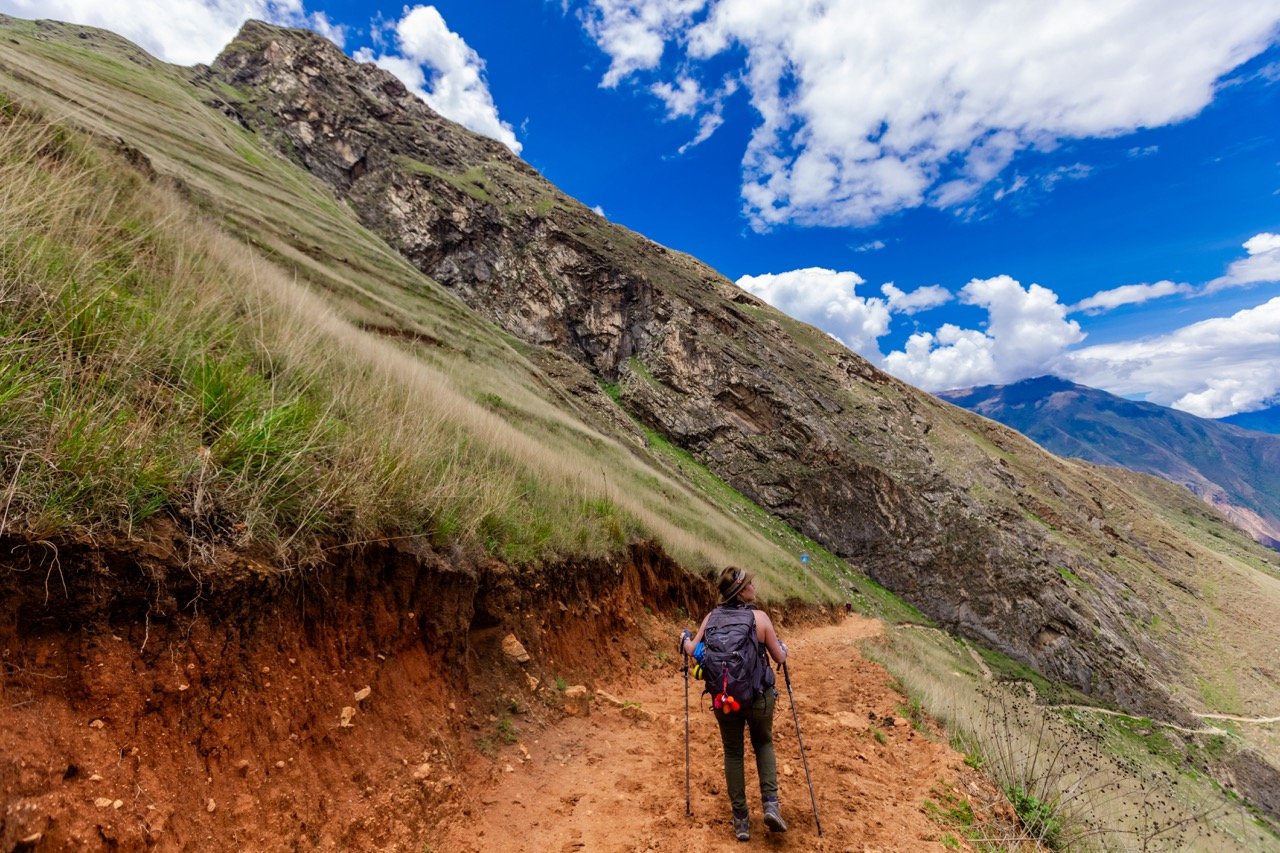
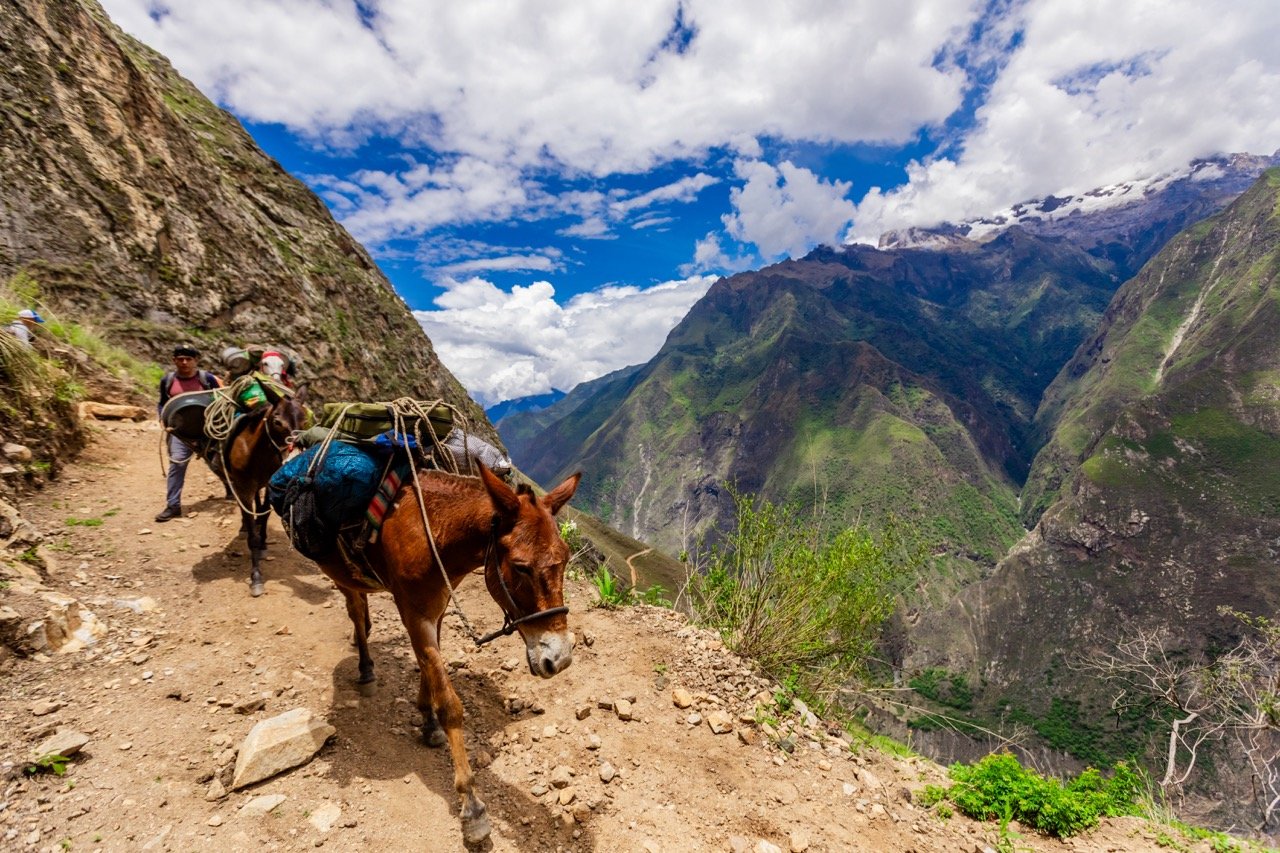
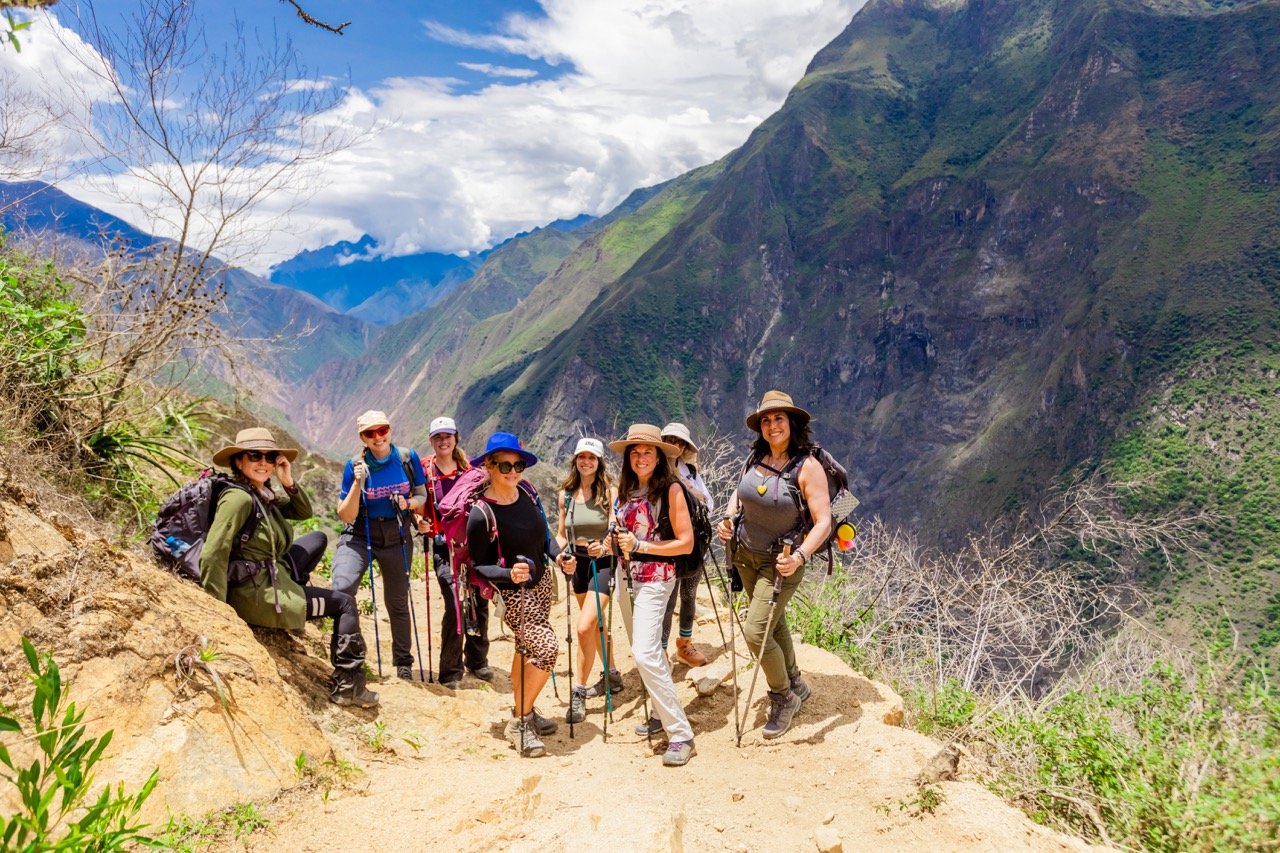
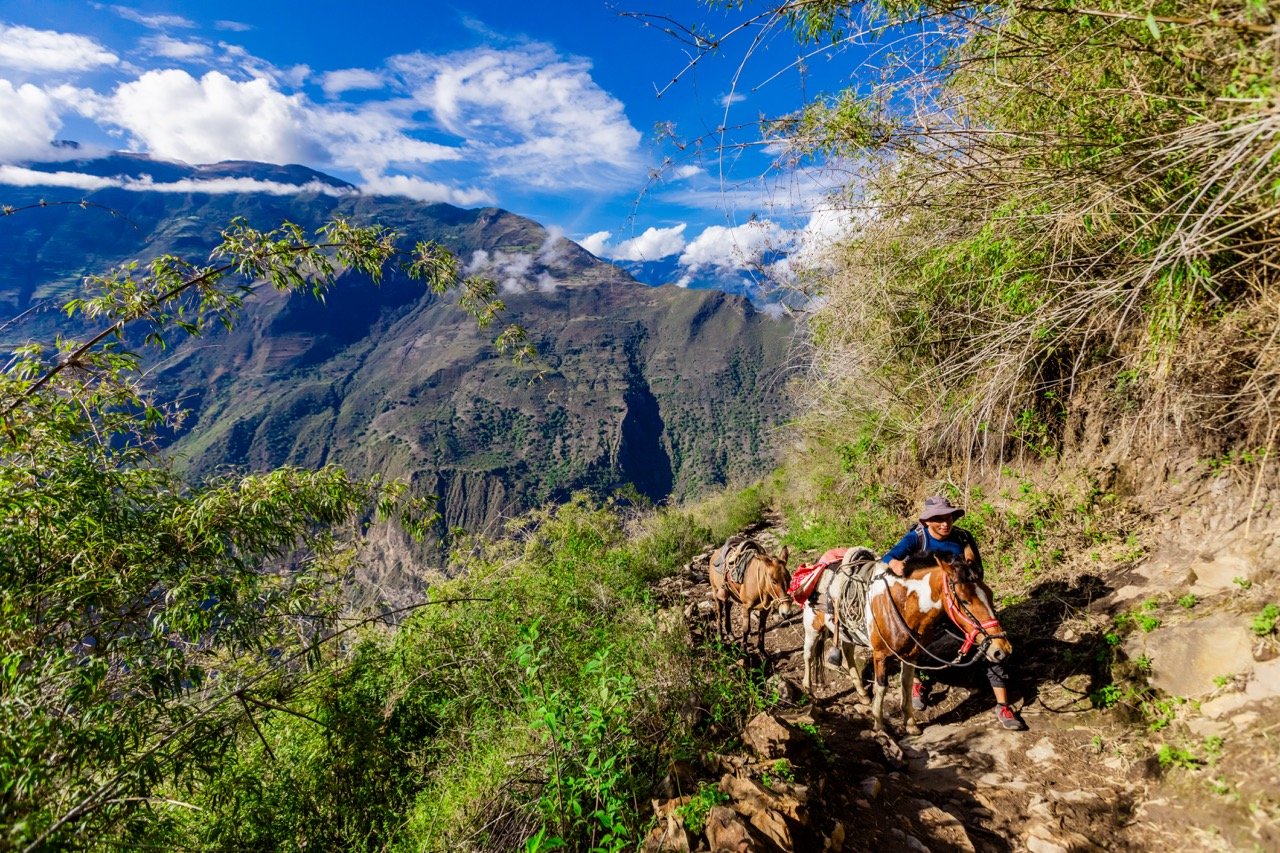

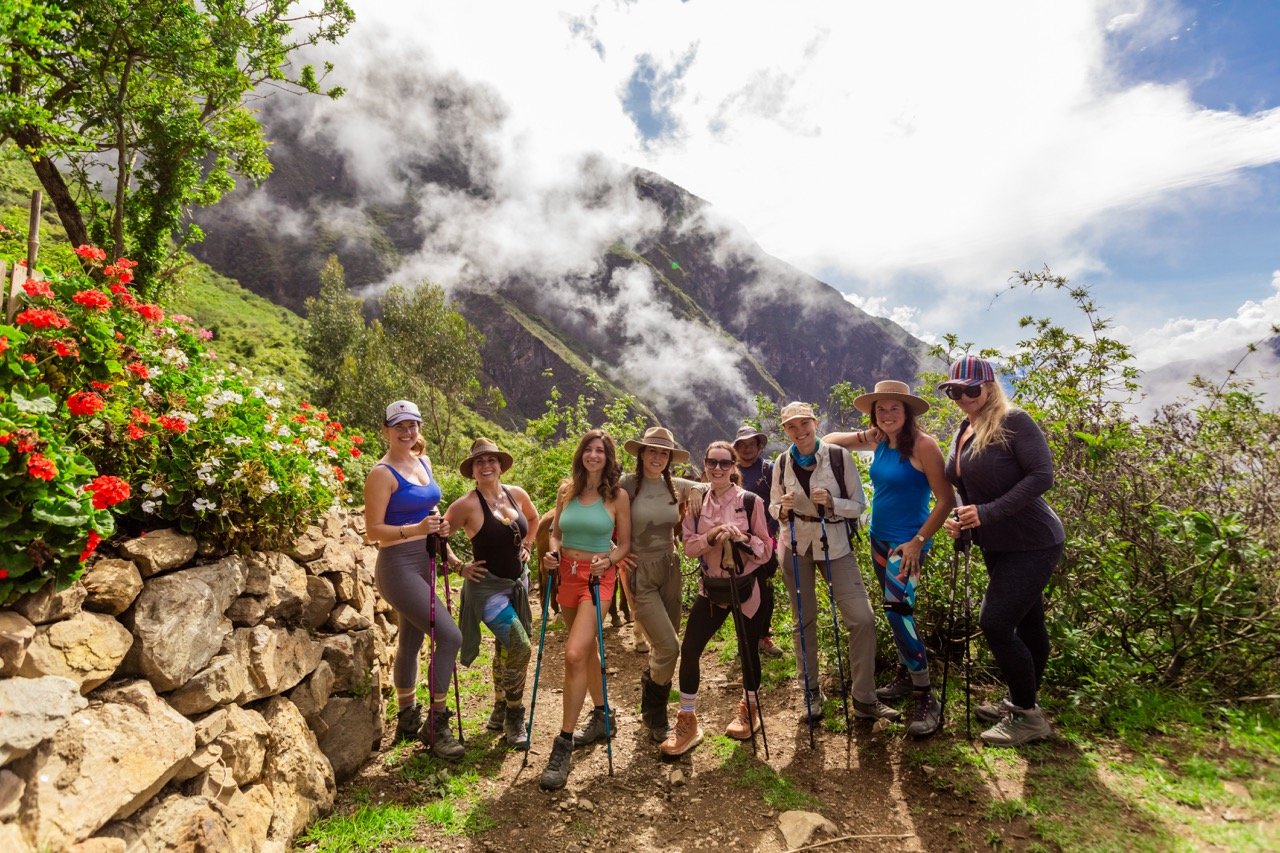
Meaning "Cradle of Gold," Choquequirao is an Incan citadel, mostly engulfed by the jungle, virtually untouched and reachable only on foot or by mule. The journey begins with a four-hour drive from Cusco, offering breathtaking mountainous scenery. Then the true journey, a four-day round-trip trek, begins. Despite being warned about the difficulty, the mental and physical challenges were more profound than expected. We are grateful for our local guides from Enigma Peru, who served as porters. Our trek involved nine women, 14 mules, nine muleteers, a waiter, two chefs and two guides. Each day meant eight to 10 hours of hiking up and down steep cliffs, navigating canyons, and crossing mountain ranges. Our entourage hiked eight to 10 hours straight up or down vertical cliff edges, in and out of canyons and over mountain ranges. It was like hiking in and out of the Grand Canyon over and over again. Our guides motivated us, set up camps, prepared incredible soups and meals, and ensured we were up by 4:30 am to have breakfast and begin hiking by sunrise.
If you have ever wondered what it would be like to have hiked Machu Picchu before it became Insta-famous and before all of the roads, trains, and tour buses of tourists arrived, Choquequirao is a must-visit. These ruins have remained largely unknown because of the grueling four-day round trip journey, which makes the entire experience so special. We saw only a handful of other people while hiking and camping in the wilderness, and we felt like we had the mountains to ourselves. We spent our days hiking along the jungle’s edge, dipping in and out of lush foliage to more arid cactus-covered cliffs. The temperatures ranged from hot and sunny with no shade during the day to cool nights sleeping in the cloud forest. During these nights, we would lay in our tents, listening to the evening thunderstorms echoing throughout the valley as the rain lulled us to sleep. There was never a point of the trek that you did not have the most spectacular views of the Apurimac Valley.
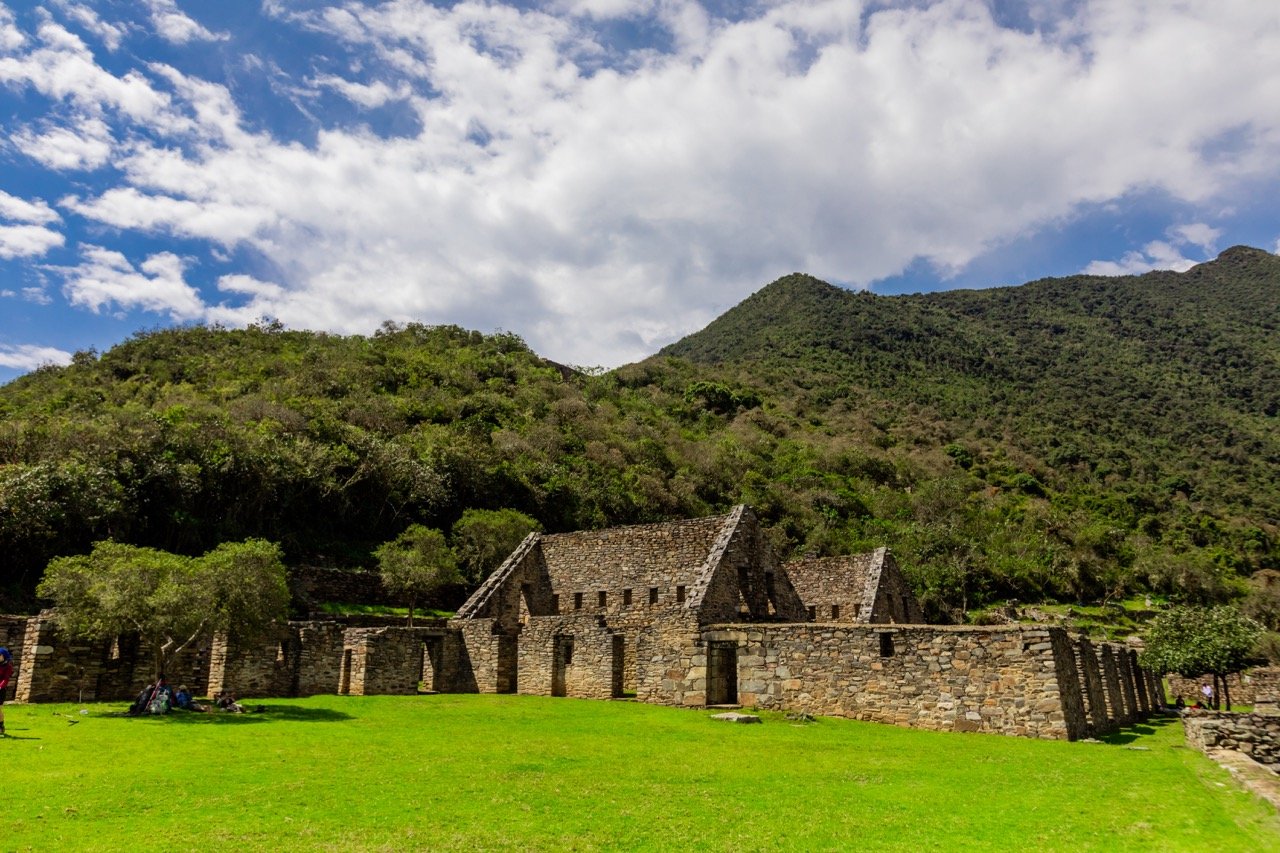
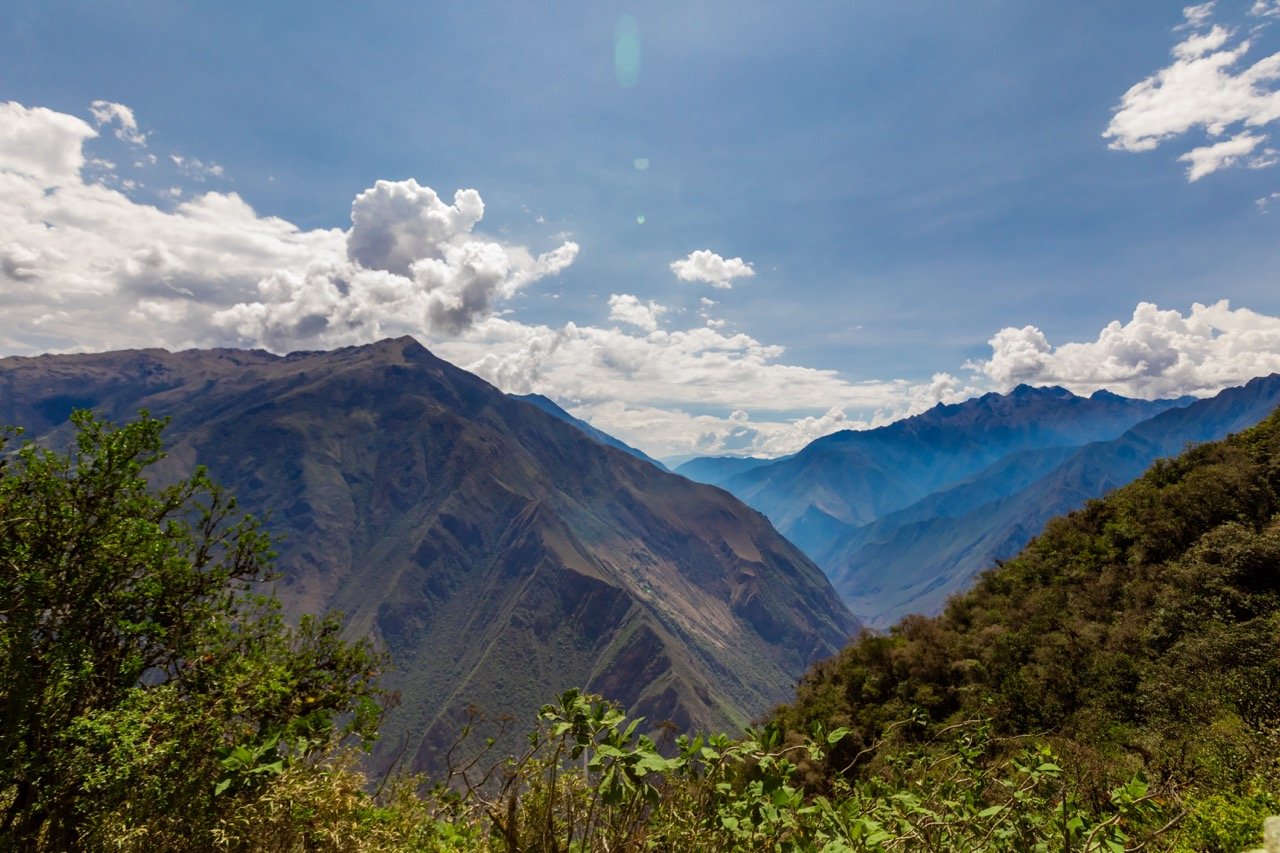
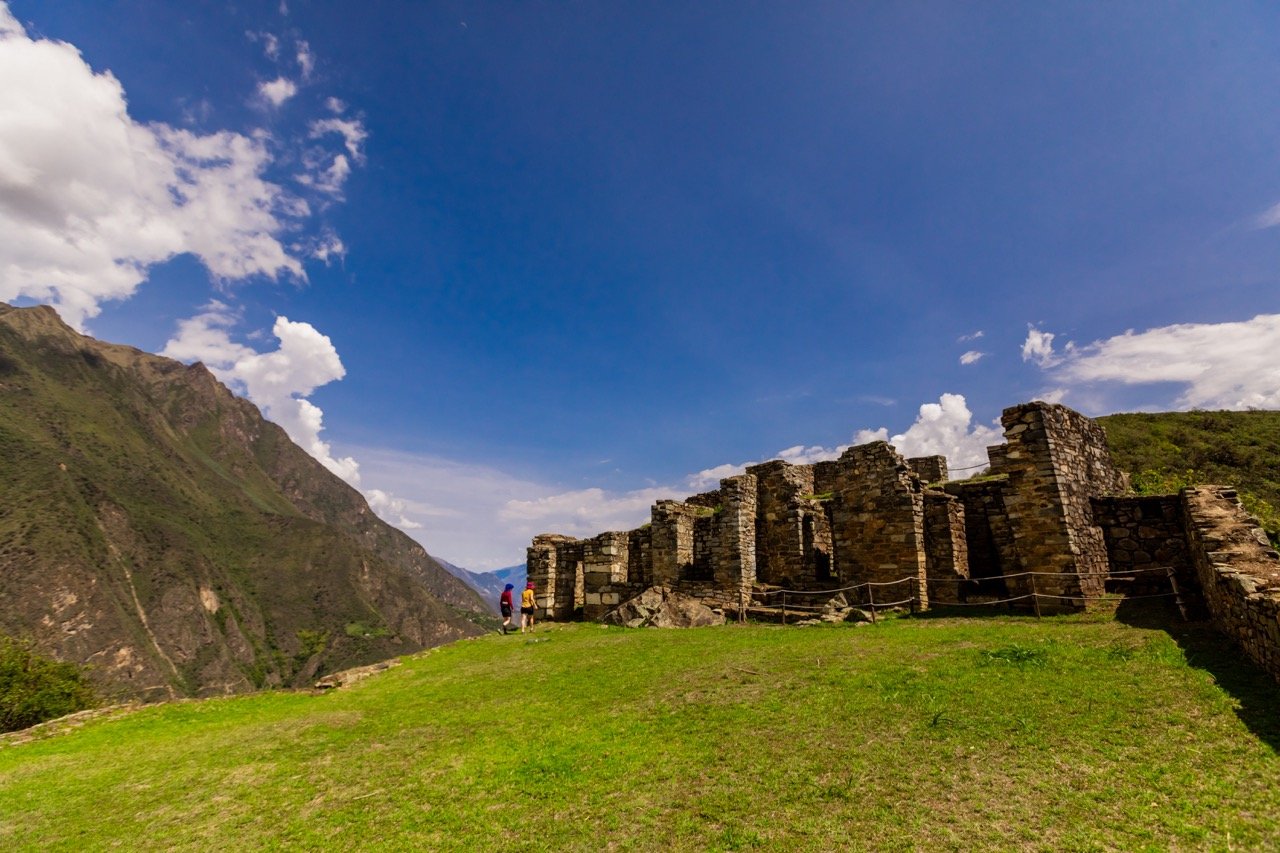
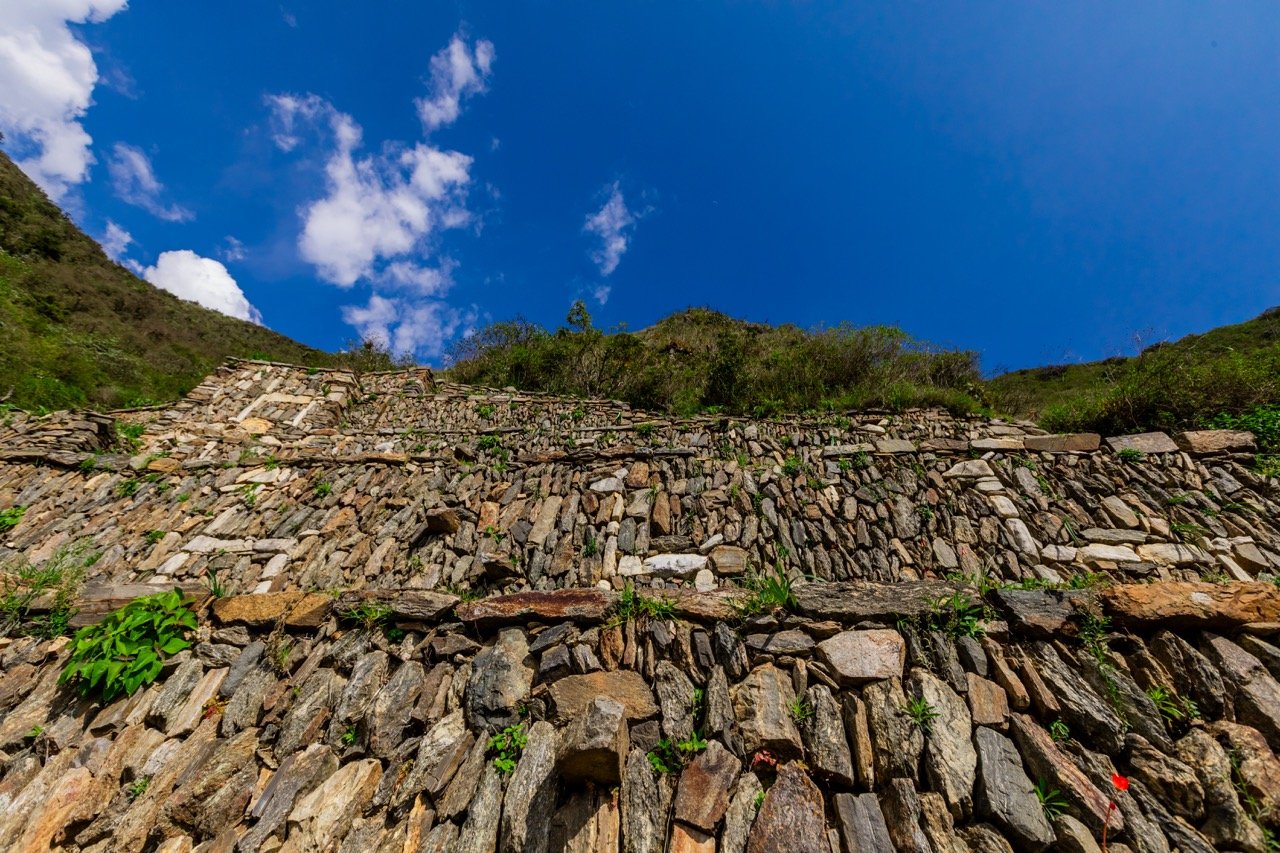
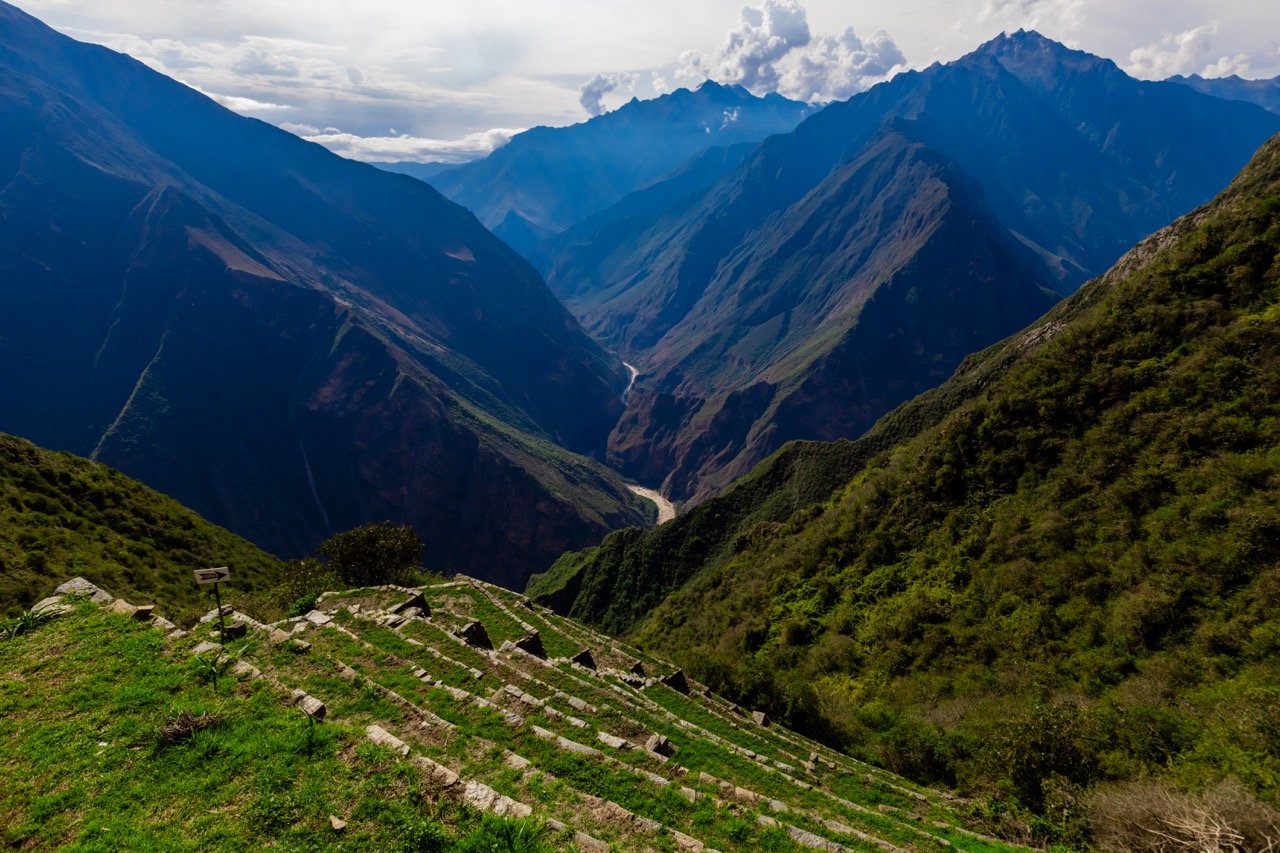
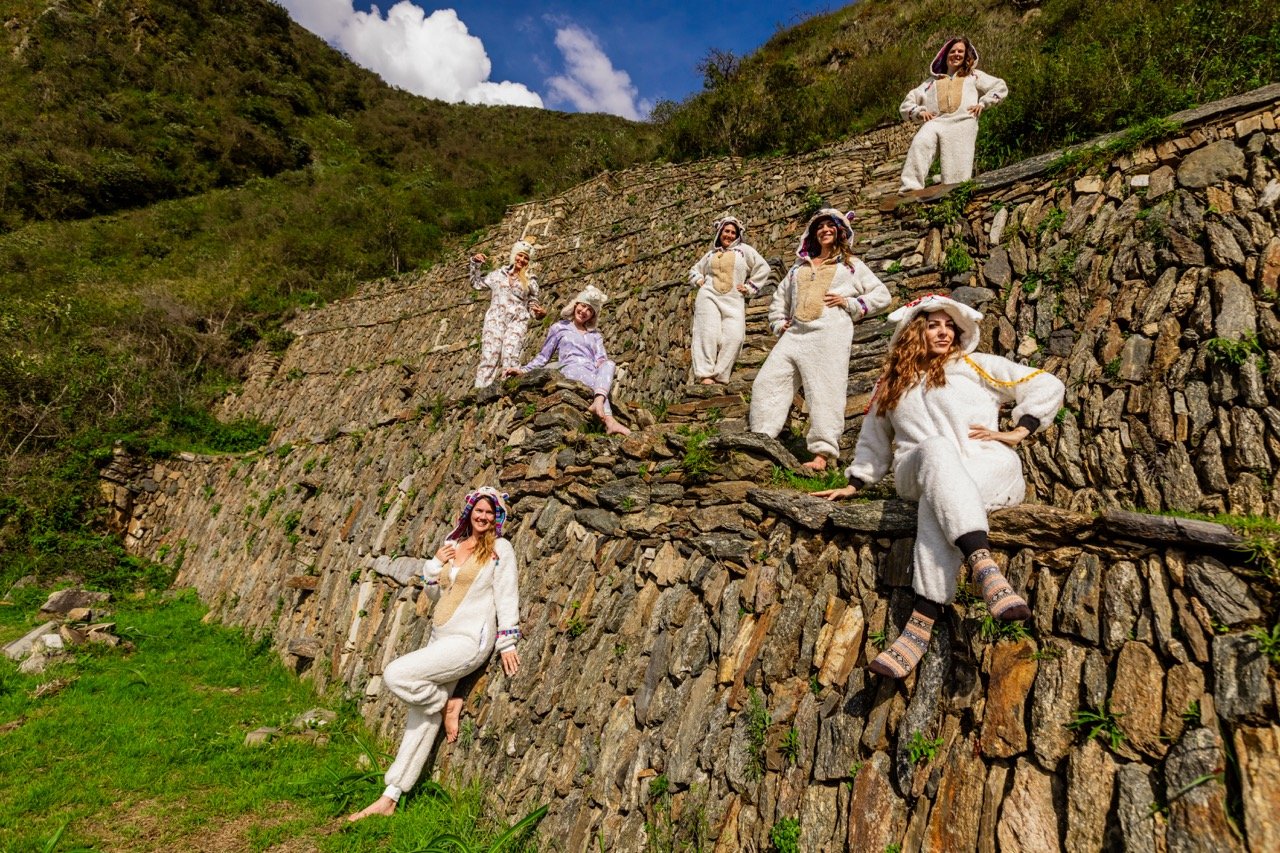
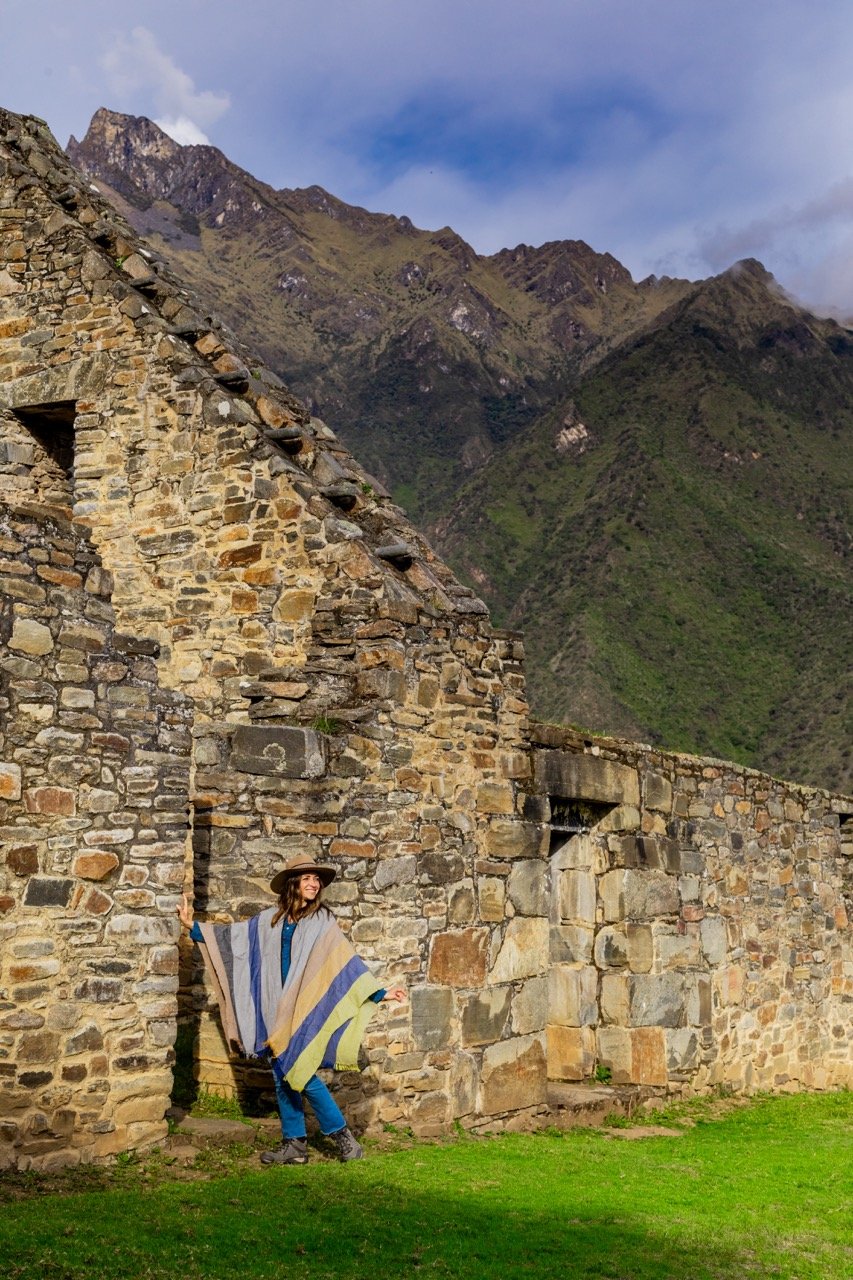
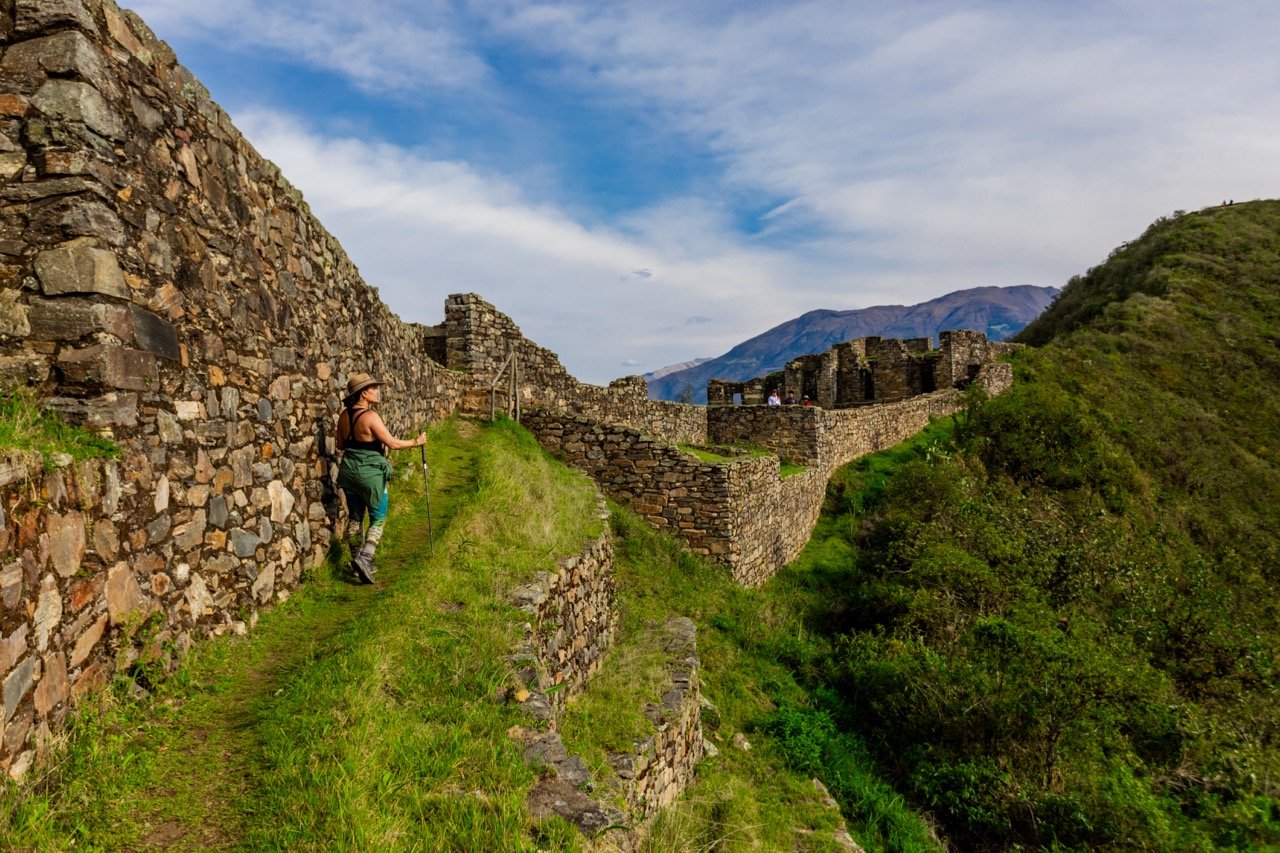
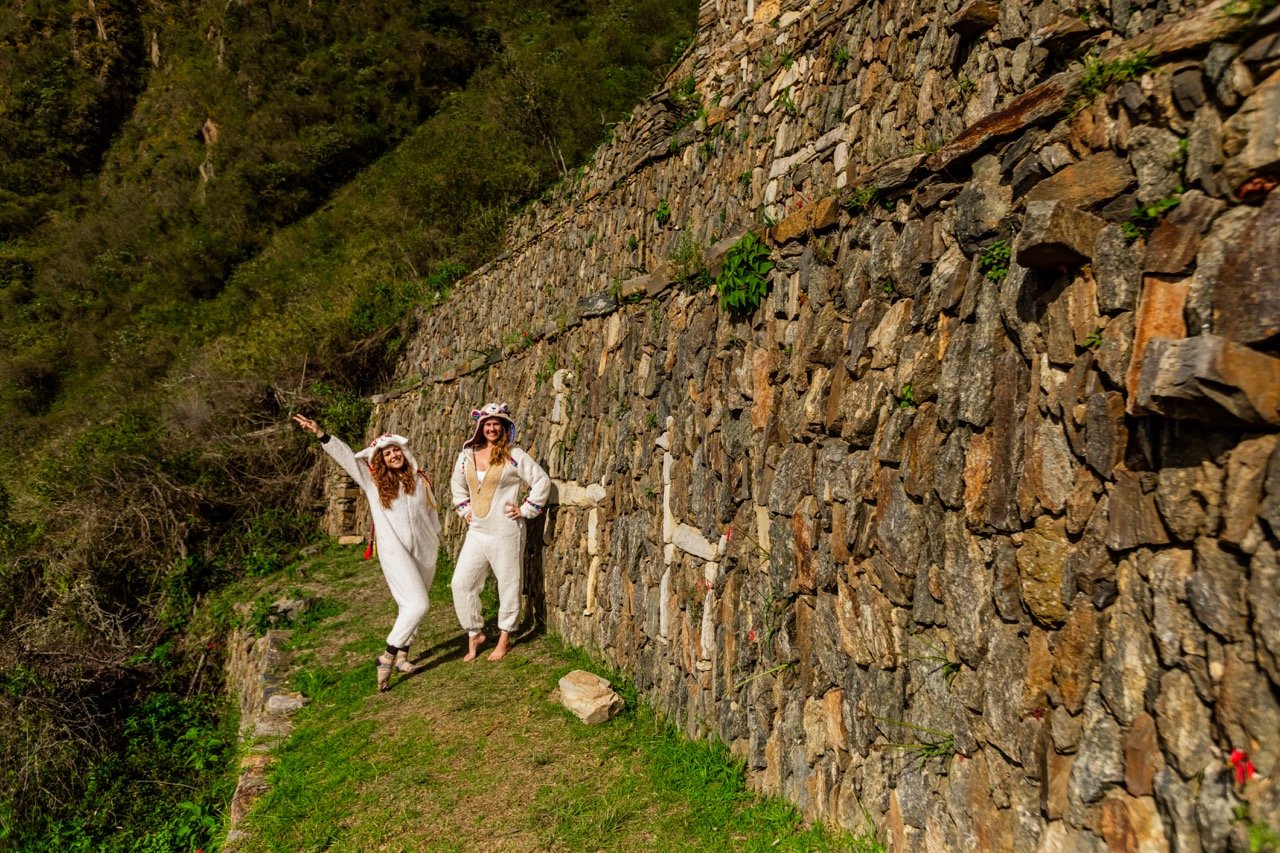
By the end of day two, when we finally reached the ruins towering over the nearby mountain tops, we realized just how big the settlement used to be. Spanning three hilltops and 12 sectors, it does not have the immediate photogenic qualities of Machu Picchu. However, hidden lookouts and winding cliffside trails reveal the grandeur of the place, including terraced walls famously covered in giant stone llama mosaics. Once you start exploring the hidden nooks, you can begin to understand how large this place was and ask the more awe-inspiring questions about how they built on this remote mountaintop or even found the place.

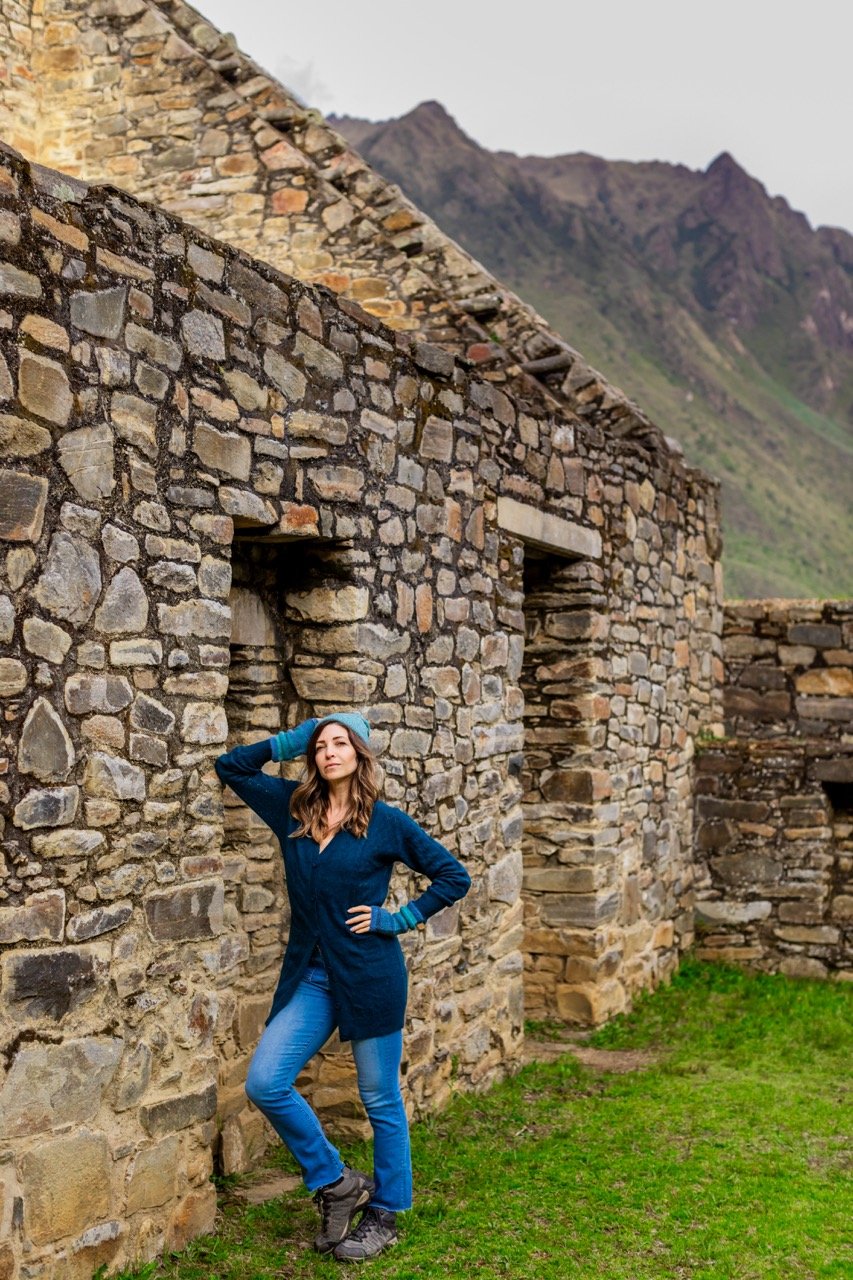
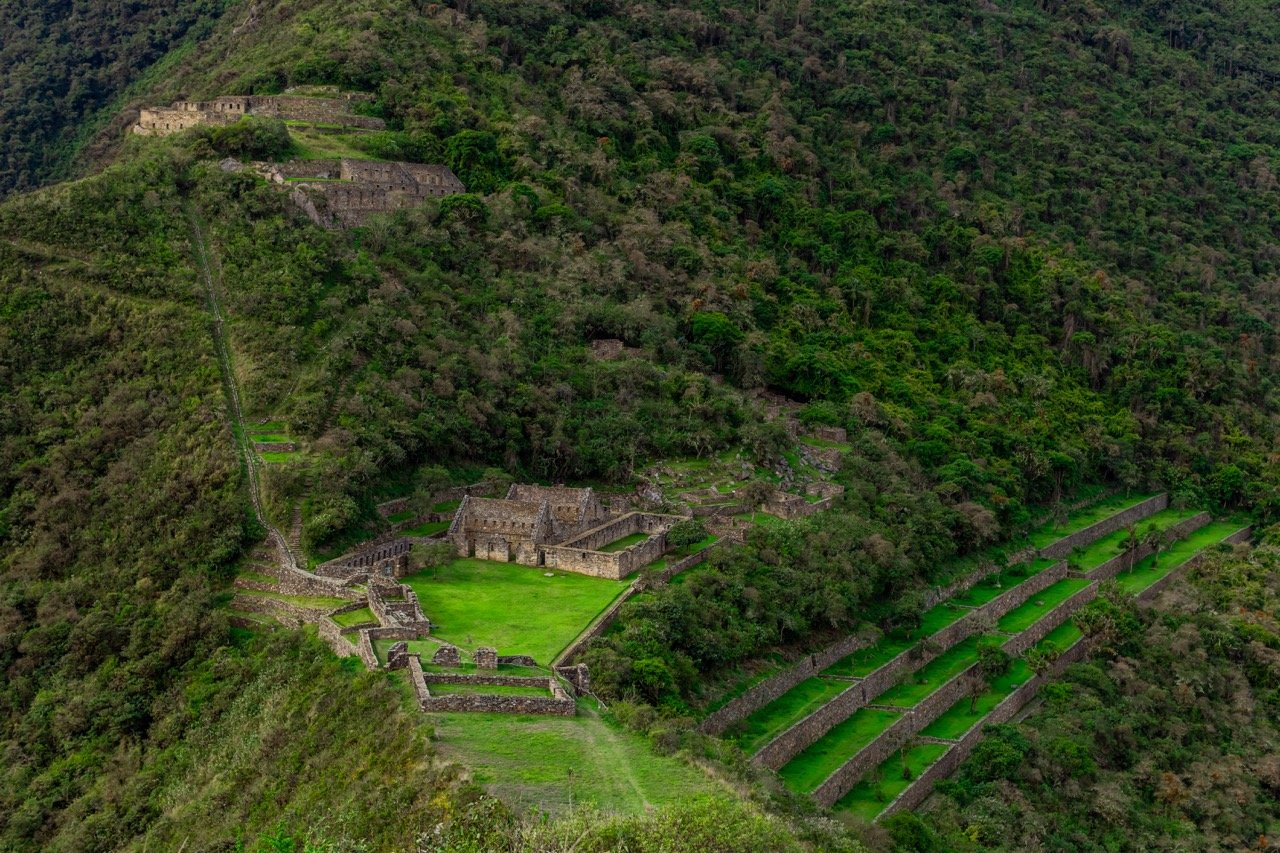

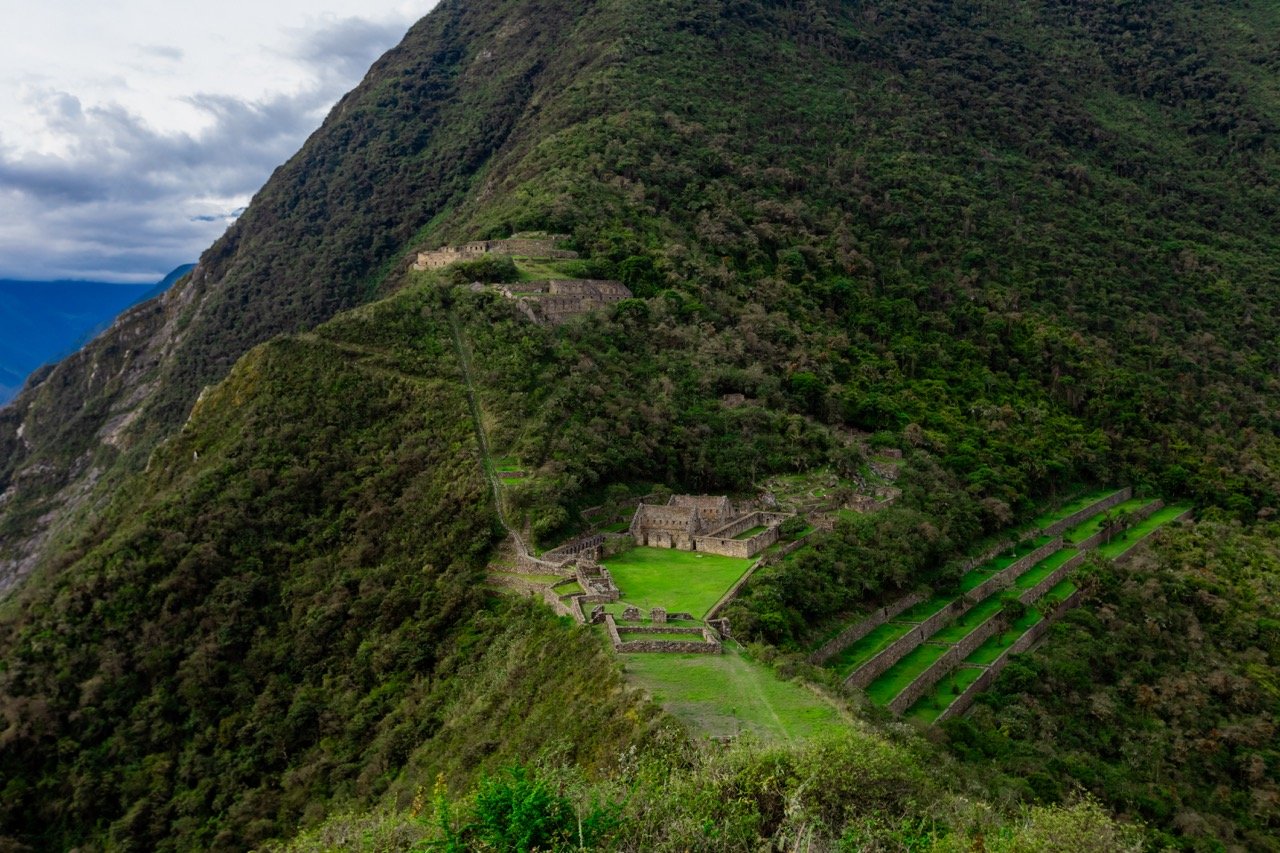
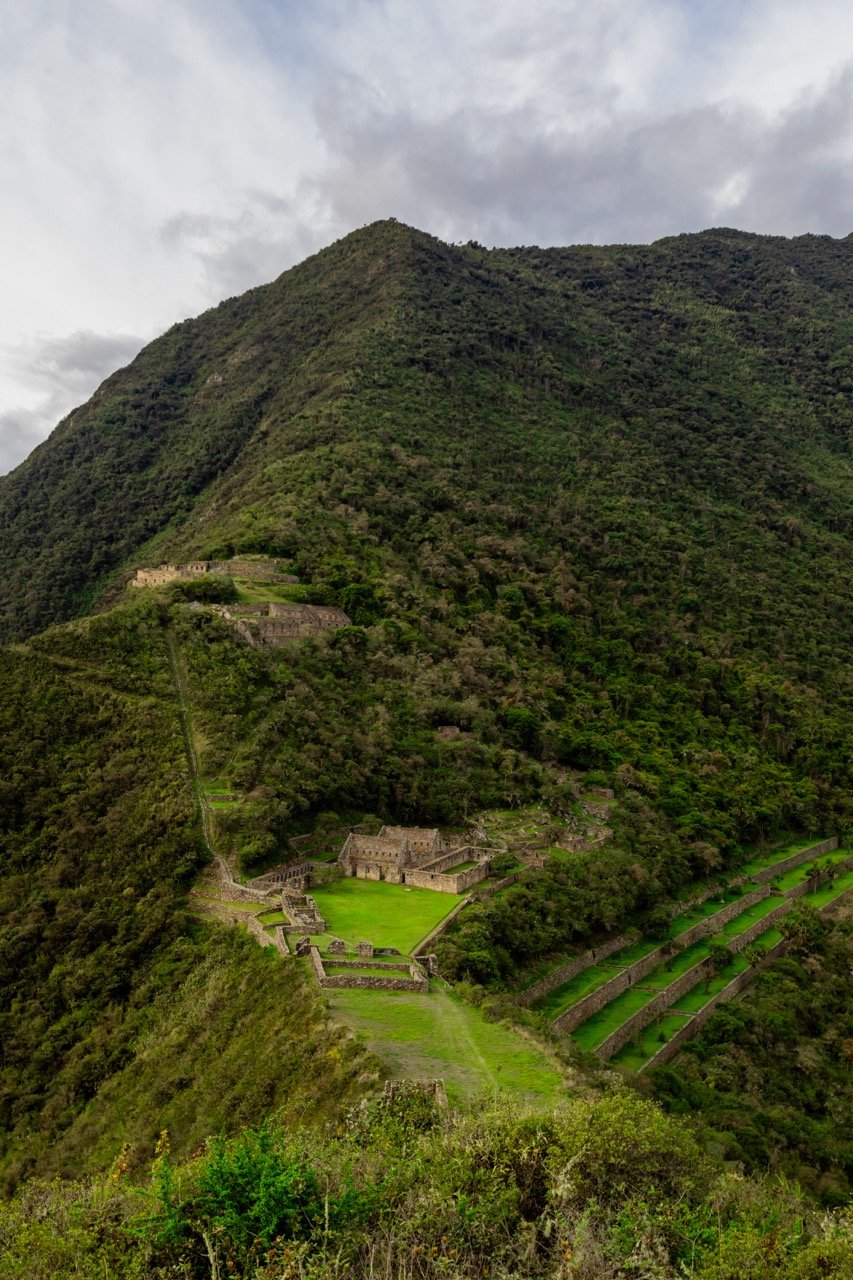
Some historians suggest Choquequirao as the last refuge of the Inca, marking the spot where the last Inca emperor, Tupac Yupanqui, fell to the Spanish conquistadors. Being present in the very locations where these significant historical events unfolded after covering such a considerable distance on foot to reach them was an amazing experience. It allowed a profound appreciation of the Inca Empire's reach and power, making the journey even more impactful.
If the remarkable feats of construction don't leave you impressed, the Incas strategically positioned Choquequirao in geocosmical alignment with its ceremonial sister city Machu Picchu. The site boasts a central plaza surrounded by a temple and administrative buildings. True to Inca tradition, it features sophisticated irrigation canals and designated areas for royal ceremonies and sacrifices, showcasing the civilization's architectural brilliance. For those daring enough to extend their march by another nine days the path leads across the Andes, ending at Machu Picchu, but that trek is not for the faint of heart. Numerous mysteries enshroud the purpose of this ancient citadel, and the jungle still guards many of these secrets. Archaeologists only commenced their study of Choquequirao in 1992, contributing to its enigmatic status. Due to both its mysterious nature and limited accessibility, Choquequirao remains one of the greatest mysteries of the Incan empire.
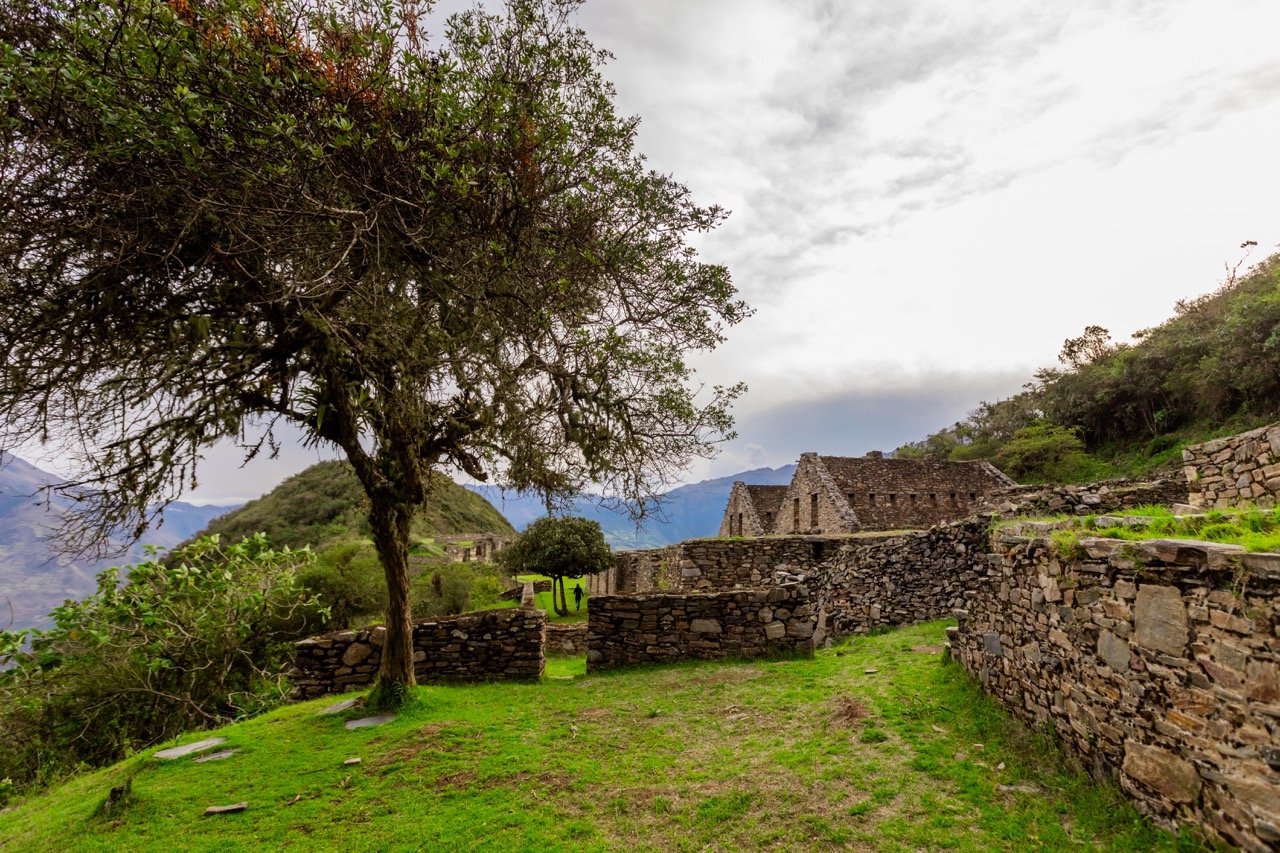
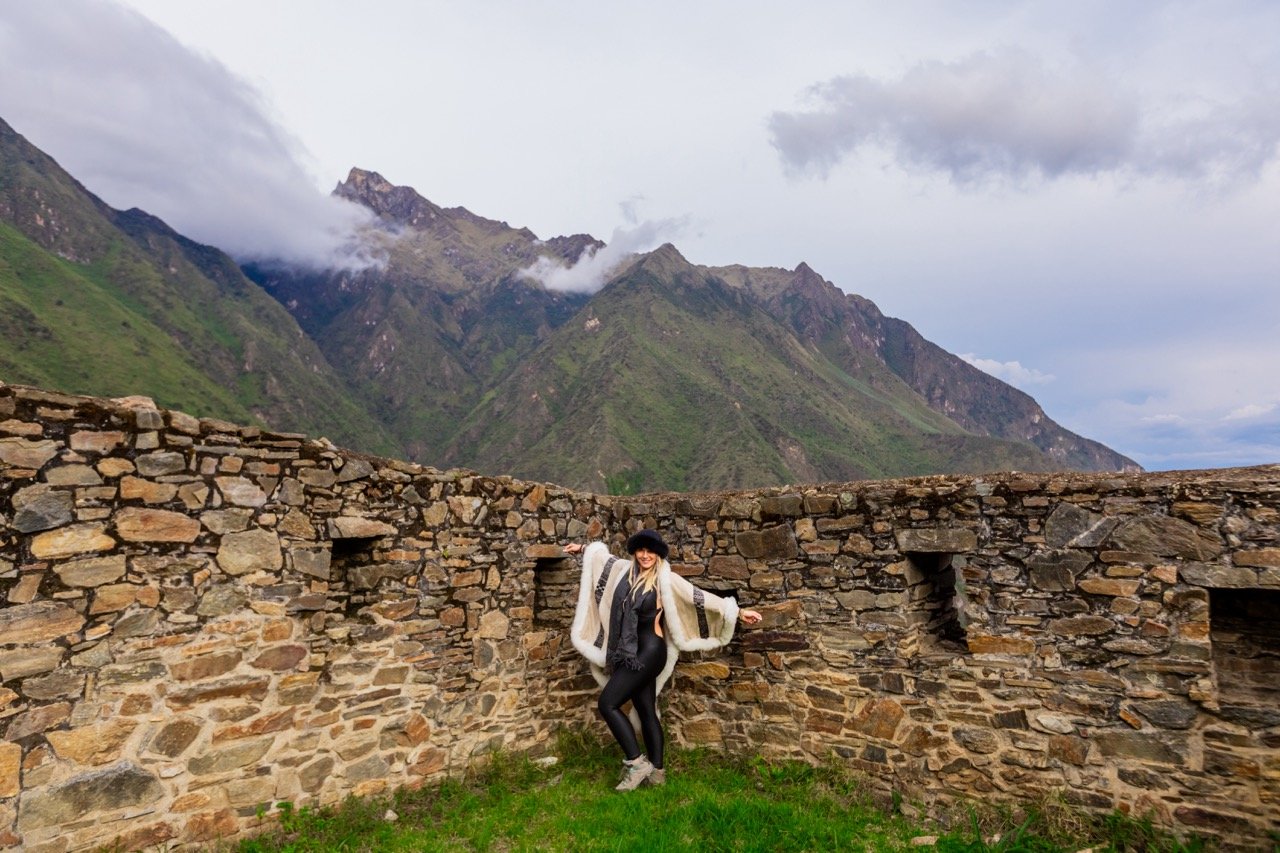
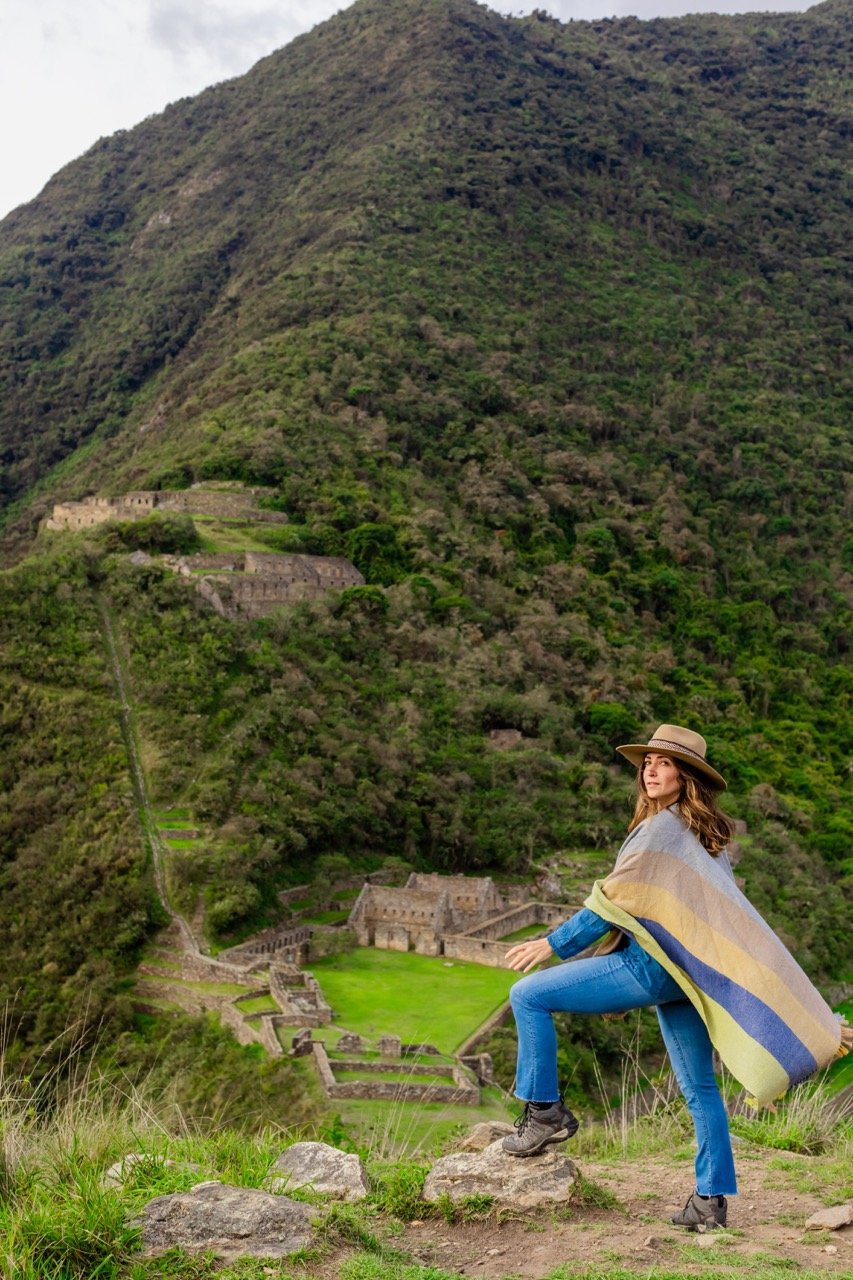
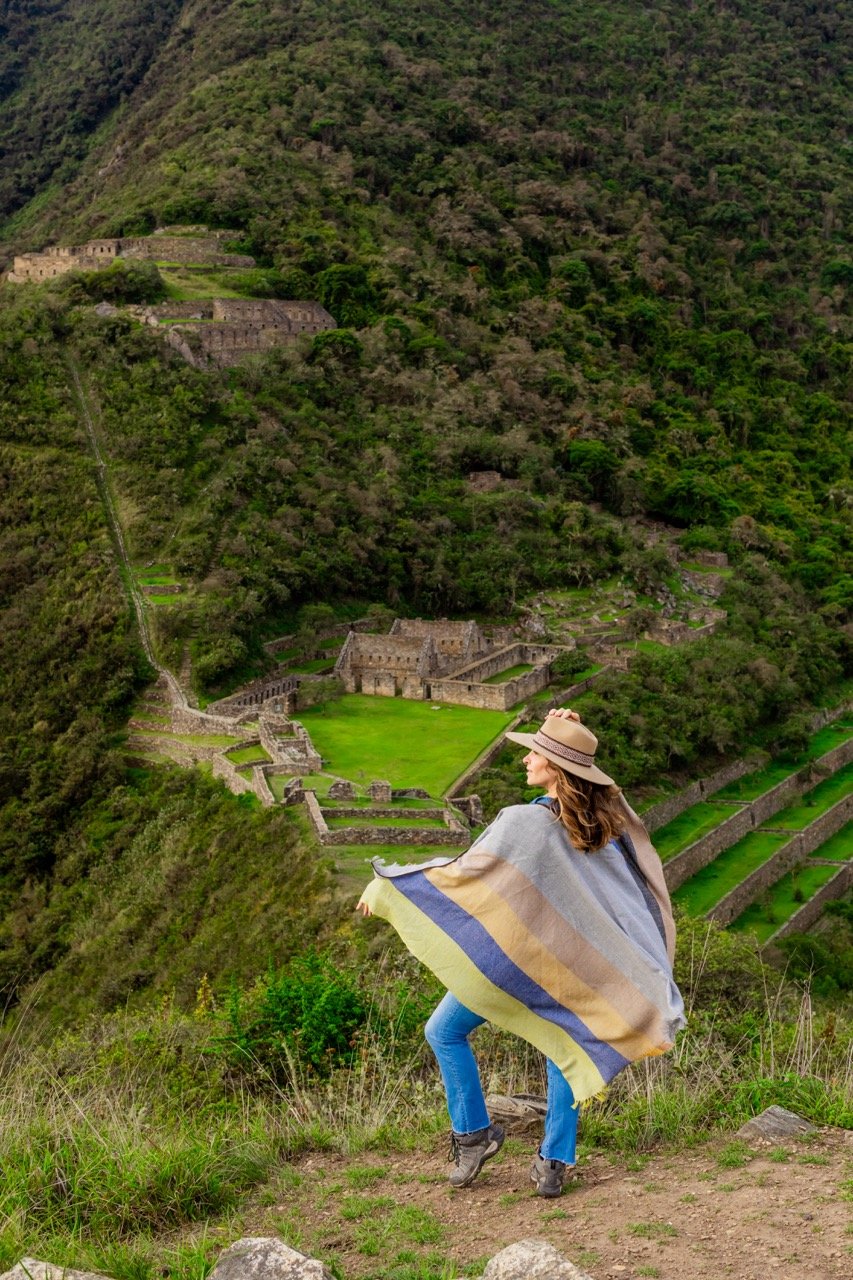
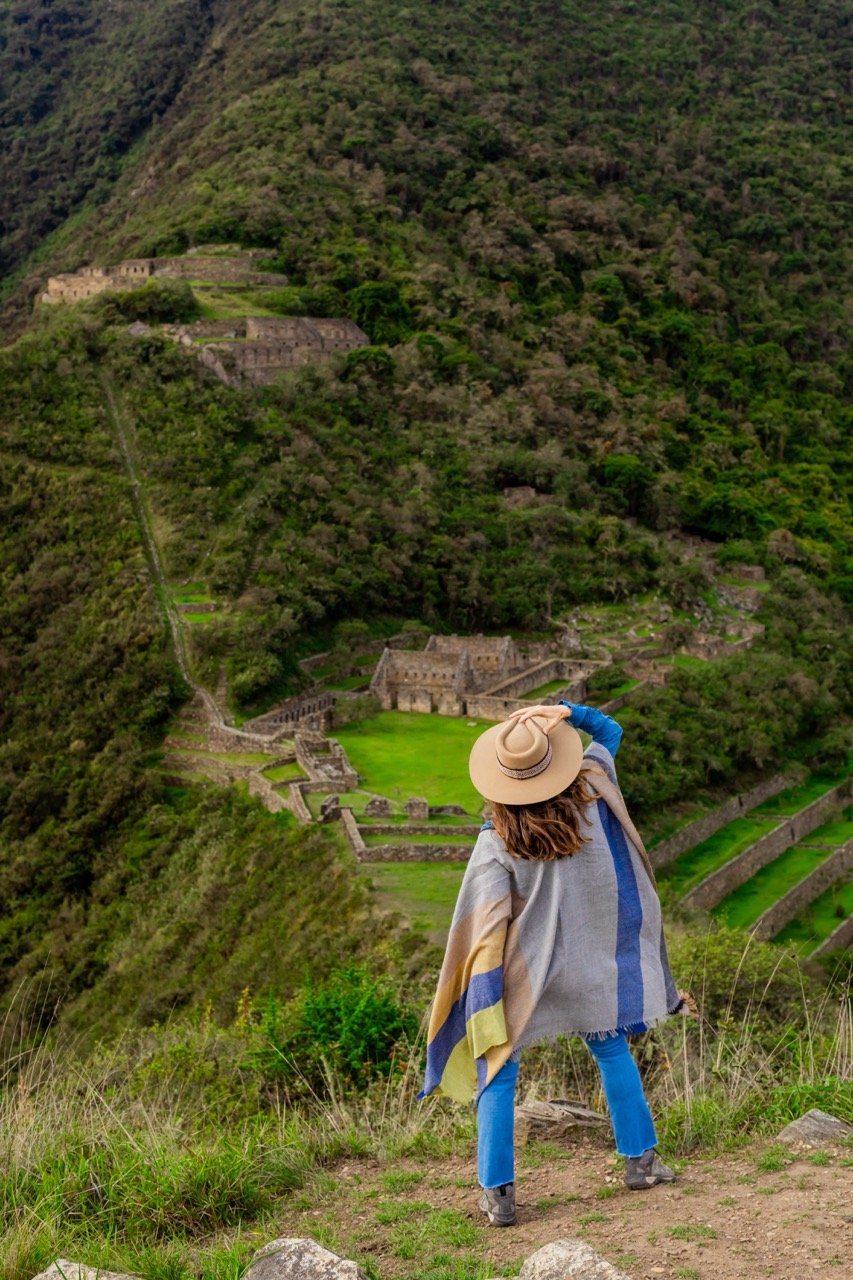
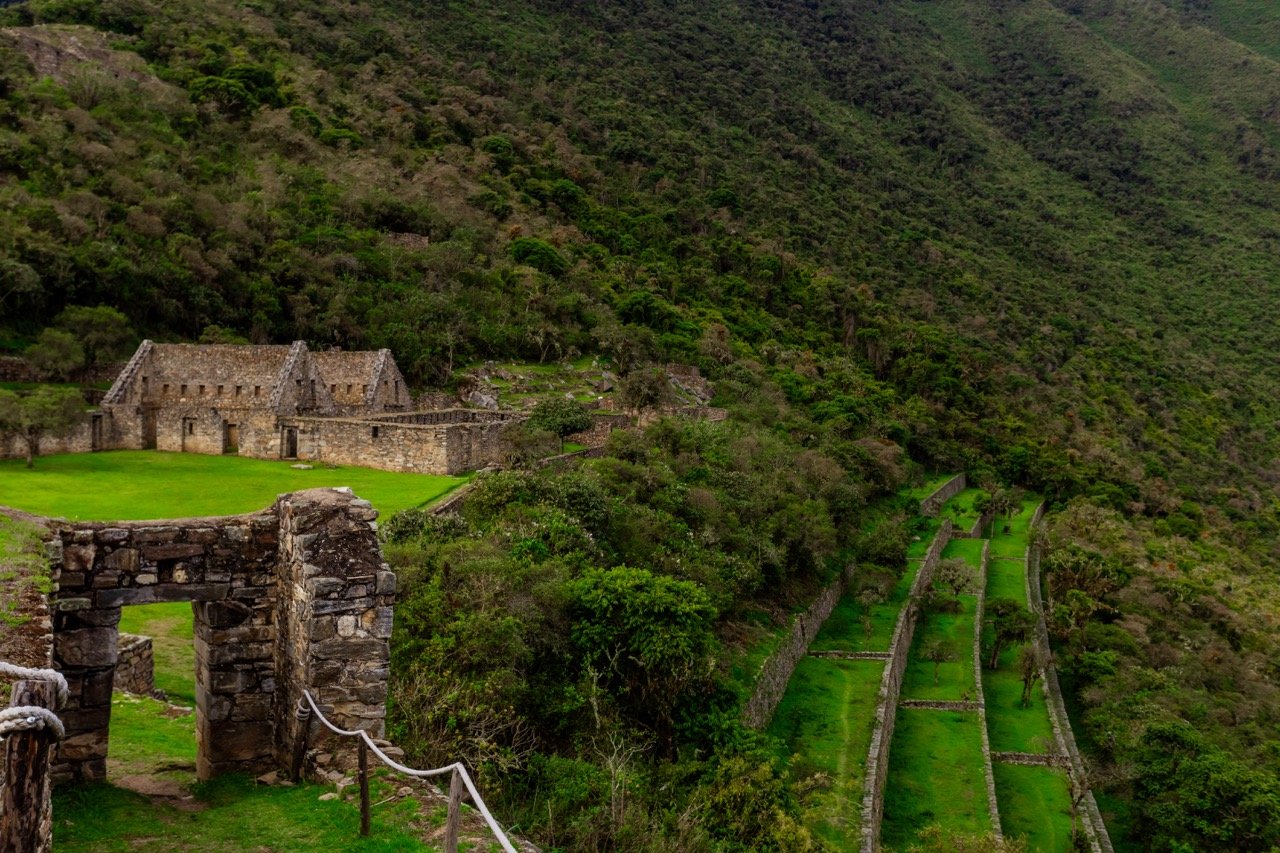
After sitting up at the top and taking photos, taking in the awe-inspiring views, we were overwhelmed by the realization that not many people in the history of humanity have ever stood or will ever stand in this powerful place. As we took that in, we realized our journey was only halfway over. We still needed to climb two days back out of the mountains to get home! During the second half of the journey, I felt more connected to myself and the Earth. The urge to stop and take countless photos was gone since we doubled back the way we came. This time, it was about conquering our limiting beliefs and inner dialogue—the ones that tell you you can’t possibly take another step. But then, looking back at all you accomplished each day, you’d be able to say, “I just did that.”
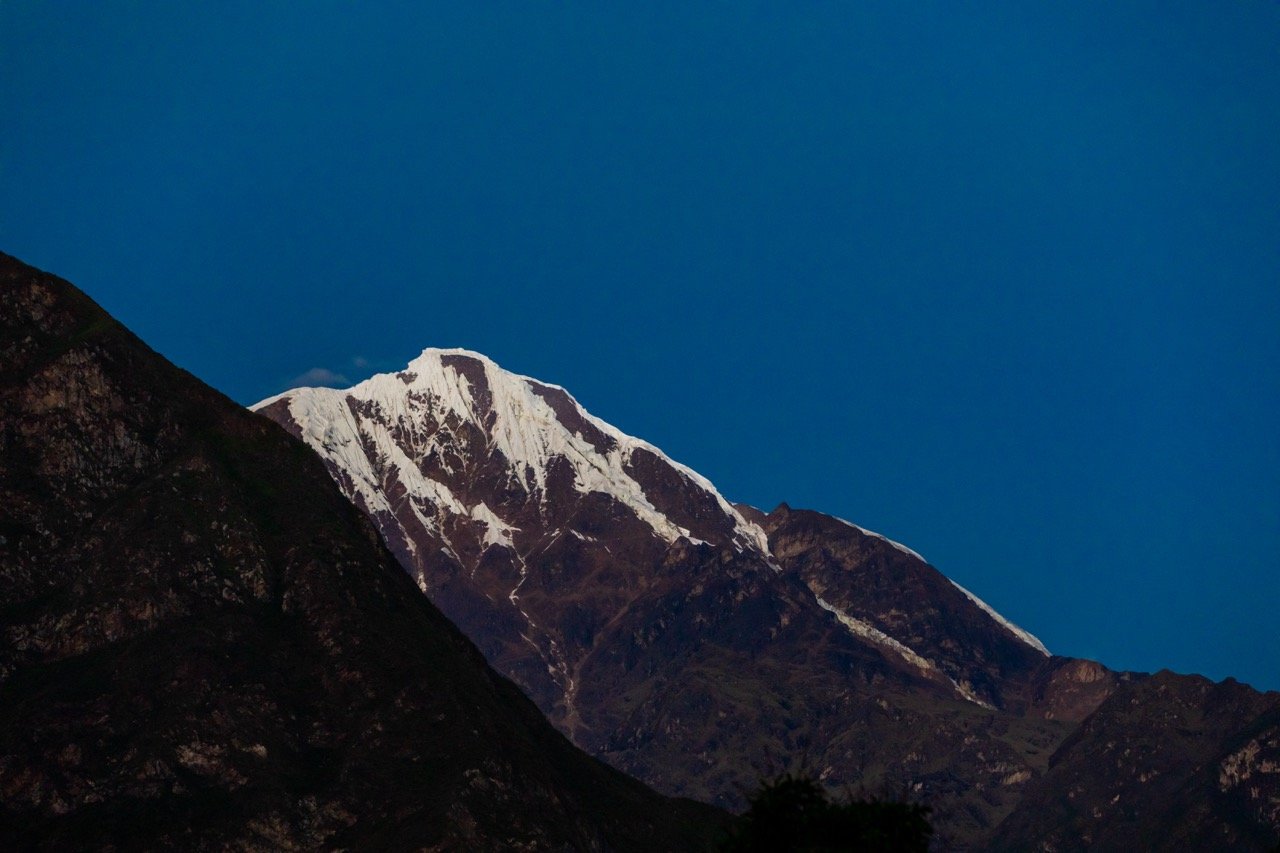

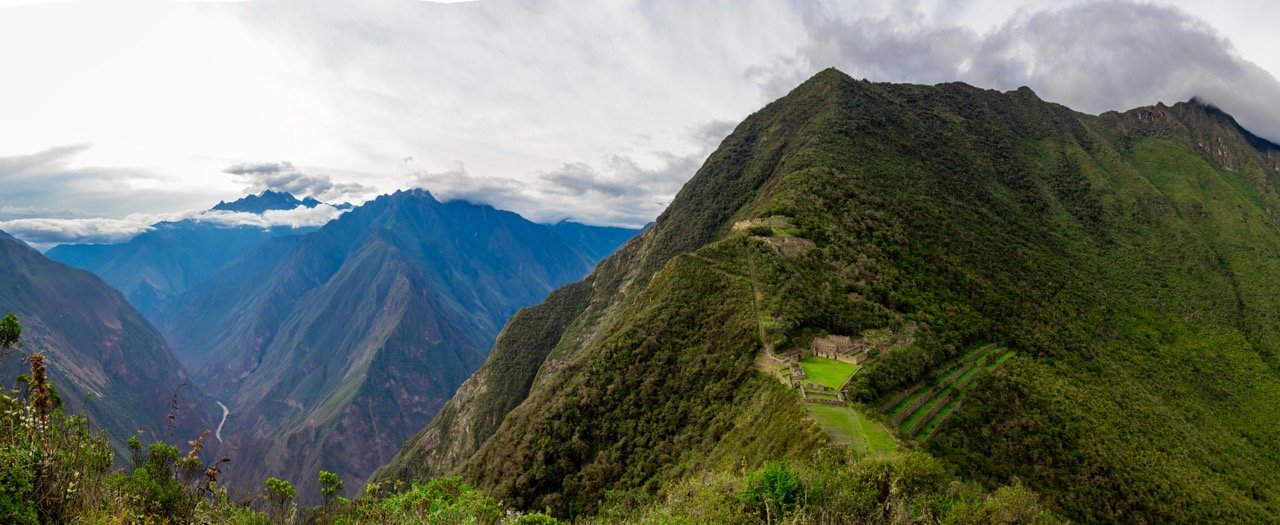
By day four, we all felt like we could do anything we put our minds to, and we were so much stronger mentally and physically. That’s what climbing mountains does to you. You cannot hide from your mind while hiking for hours, and time forces you to confront yourself. The mountains of the Apurimac Valley, a part of the Sacred Valley in Peru, hold a special and powerful essence. When you walk across them and seek their permission to climb, you start comprehending their majesty and understand why the Inca considered each mountain an Apu, or god.
Laura Grier
Laura is a dynamic Adventure Photographer, Photo Anthropologist, Travel Writer, and Social Impact Entrepreneur. With a remarkable journey spanning 87 countries and 7 continents, Laura's lens captures both the breathtaking landscapes and the intricate stories of the people she encounters. As a National Geographic artisan catalog photographer, Huffington Post columnist, and founder of Andeana Hats, Laura fuses her love for photography, travel, and social change, leaving an impact on the world.


